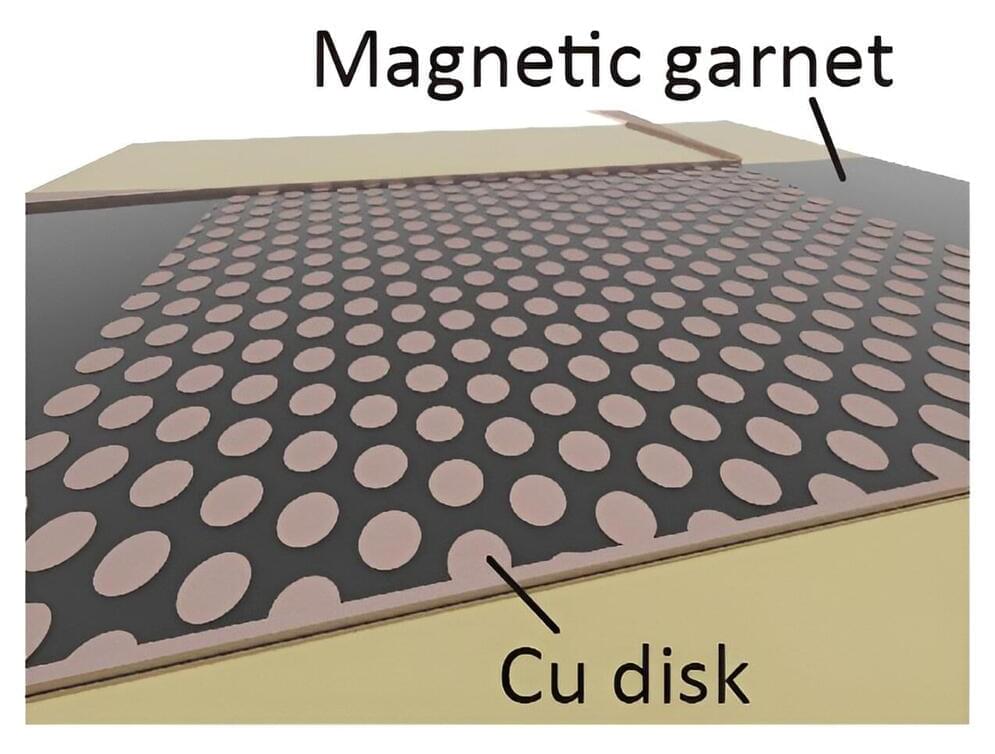The feature will make it easier for you to get suggestions on the perfect place to go.



Facial recognition is a technology that can identify or verify a person’s identity based on their face. It can be used for various purposes, such as unlocking smartphones, verifying identities at airports, or finding missing persons. However, facial recognition also seriously threatens personal privacy, as it can be used to track, monitor, or profile people without their consent or knowledge. For example, some governments or companies may use facial recognition to spy on citizens, customers, or competitors or to collect and sell their data.
How can we prevent facial recognition from invading our privacy?
To protect our facial privacy, some researchers have proposed different methods to prevent facial recognition from working. These methods, collectively called anti-facial recognition (AFR), aim to hide, distort, or replace the faces in images or videos. For instance, some AFR methods use masks, makeup, glasses, or hats to cover or alter facial features. Other AFR methods use software to blur, pixelate, or swap the faces in digital media.
BlackSky is close to completing its SMART satellite network which uses AI to revolutionize global monitoring and security with unprecedented efficiency.
BlackSky has won Phase III of IARPA’s SMART program to develop the U.S. agency’s AI-driven satellites for global monitoring.

Gemini is the new Bard
Bard, which debuted in 2022, is Google’s attempt to create a generative AI chat experience that can do anything from writing poems and stories to generating images and code. The chatbot has been constantly evolving, adding new features and capabilities. Last year, Google upgraded Bard with Gemini, a multimodal AI model that can handle text, images, audio, and video. Last month, Bard added an image generator to create realistic pictures from text descriptions.


Recent technological advances, such as increasingly sophisticated drones and cameras, have opened exciting new possibilities for cinematography. Most notably, film directors can now shoot scenes from a wide range of angles that were previously inaccessible and in far higher resolution.
Researchers at University of Zaragoza and Stanford University recently developed CineMPC, a new cinematographic system that relies on a fully autonomous drone that carries a cinematographic camera to film multiple targets autonomously, while following a director’s instructions. The platform modulates various drone and camera parameters to satisfy these instructions. The team’s innovative system, outlined in IEEE Transactions on Robotics, could bring a wave of innovation to the film industry and other sectors that can benefit from high-quality video footage.
“Existing solutions for autonomous drone cinematography revealed a common oversight, namely, none provided automatic control over camera intrinsic parameters (i.e., focal length, aperture, focus distance),” Pablo Pueyo Ramon, co-author of the paper, told Tech Xplore.

Connecticut-based WaveAerospace recently unveiled a multi-role unmanned multi-copter in development for the last five years.
Huntress Turbojet’s flight tests will take place in the summer and it is expected to be delivery-ready by early 2025.
The all-weather hybrid-electric drone has a top speed of Mach 0.7 (467 knots) and flight endurance of two hours.

The British Antarctic Survey (BAS) said successful tests would allow the drones to undertake research such as surveying marine ecosystems and studying glaciers, while reducing CO2 emissions by approximately 90%.
The Windracers Ultra UAV (uncrewed aerial vehicle) is a twin-engine, 10-metre aircraft that can carry up to 100kg of cargo or sensors for distances of 1,000km and does not require a human pilot to take off, fly or land as it is equipped with a sophisticated autopilot system.
Unlike piloted Twin Otter aircraft, which are costly to operate and face logistical challenges in the extreme environment, the BAS said the “groundbreaking” unmanned drones are safer and “could enable dramatic increases in flight time”

A collaborative group of researchers has potentially developed a means of controlling spin waves by creating a hexagonal pattern of copper disks on a magnetic insulator. The breakthrough is expected to lead to greater efficiency and miniaturization of communication devices in fields such as artificial intelligence and automation technology.
Details of the study were published in the journal Physical Review Applied on January 30, 2024.
In a magnetic material, the spins of electrons are aligned. When these spins undergo coordinated movement, they generate a kind of ripple in the magnetic order, dubbed spin waves. Spin waves generate little heat and offer an abundance of advantages for next-generation devices.